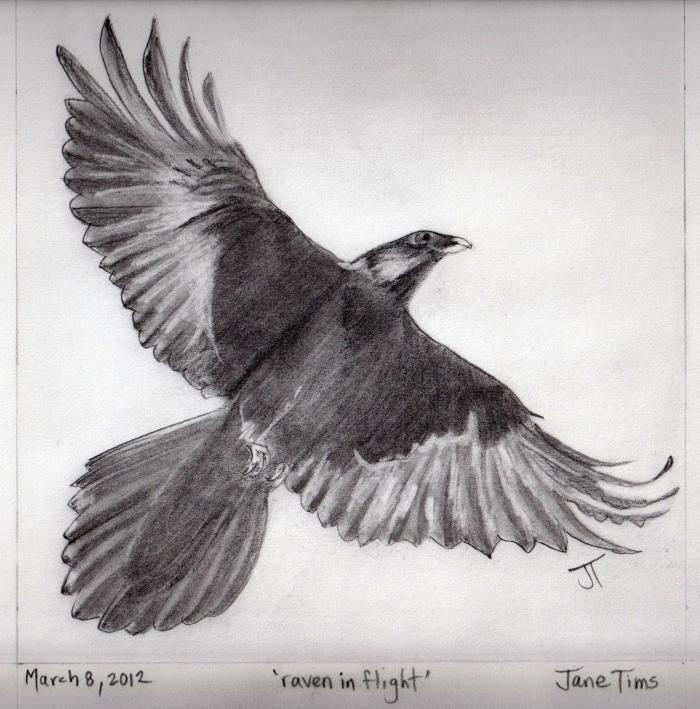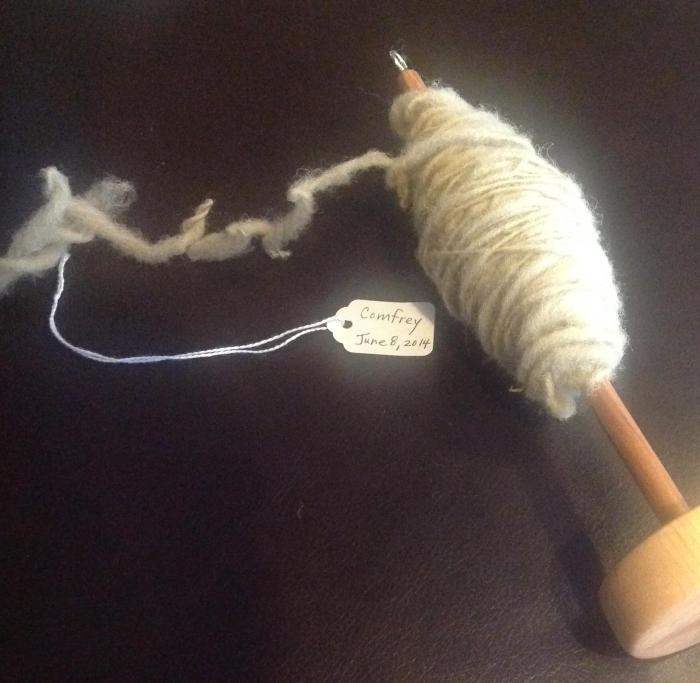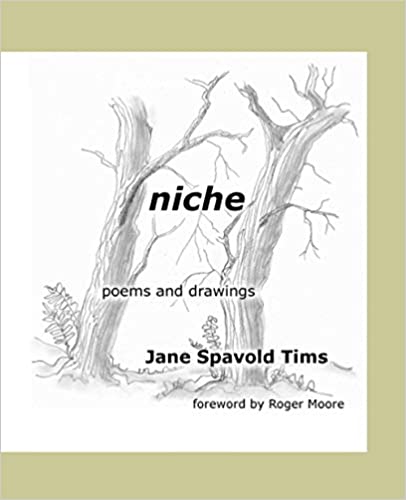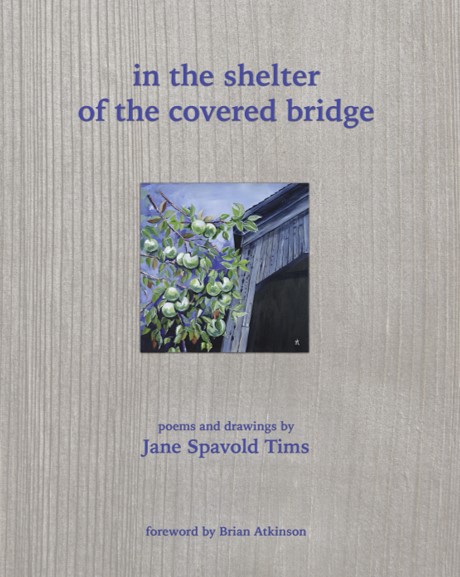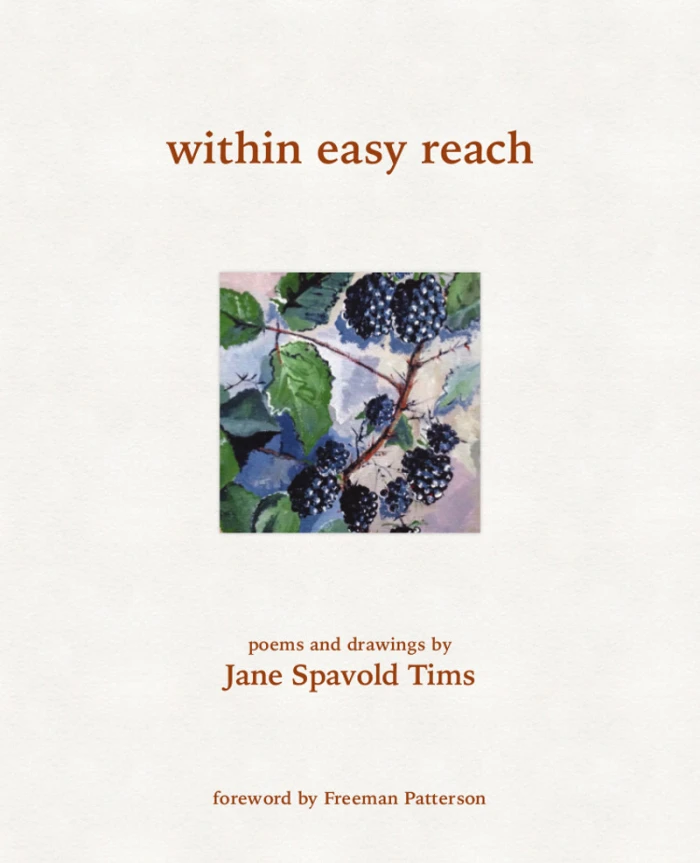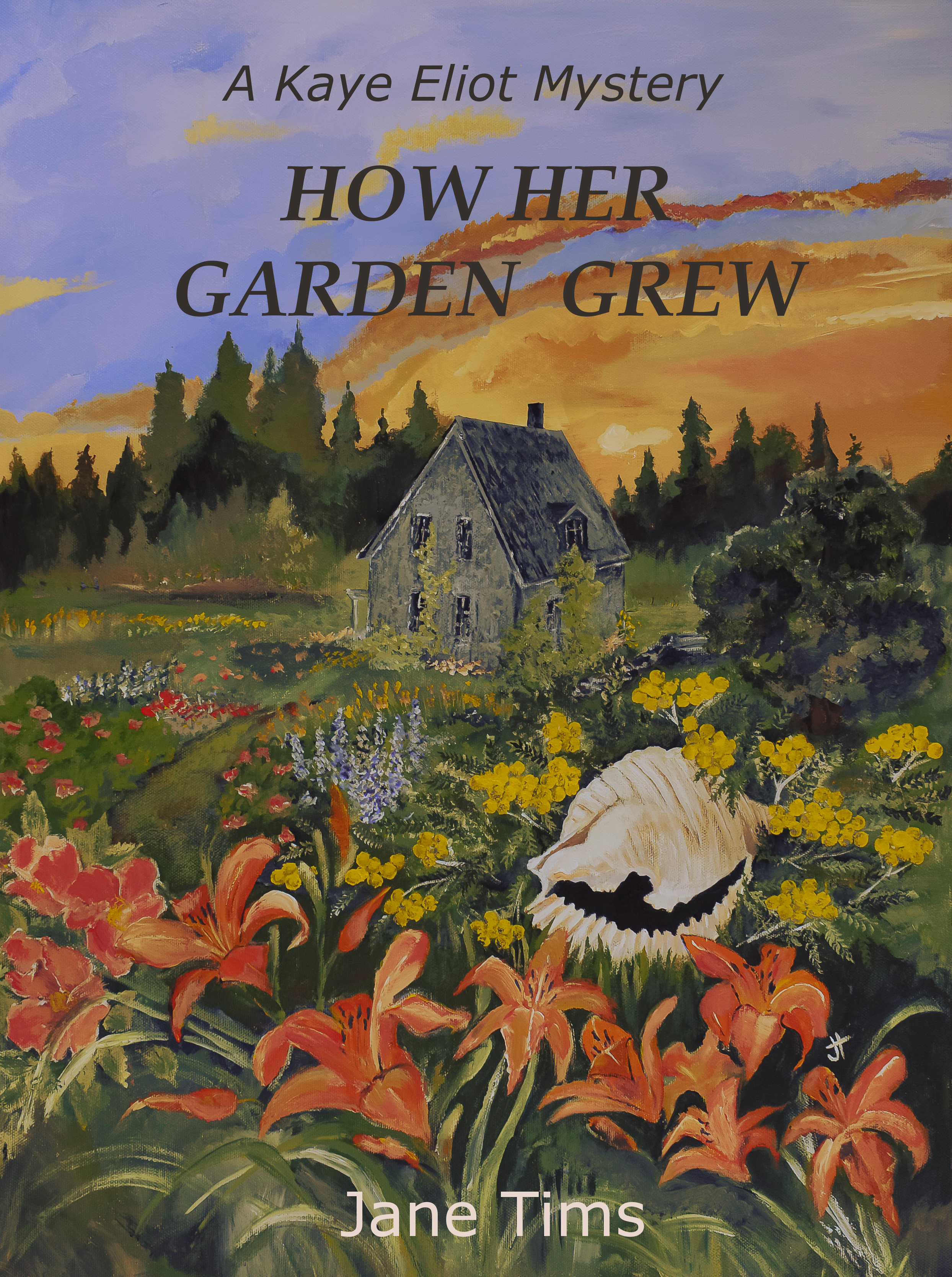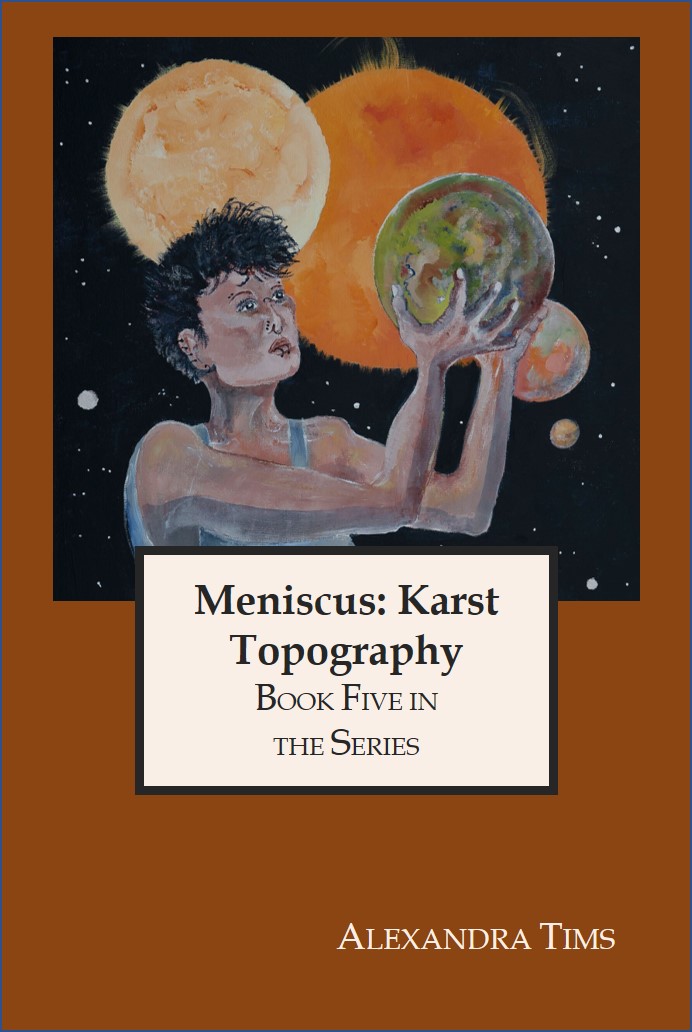Archive for October 2014
crows too
~
~
Grim Women
~
1.
~
the crows burden the trees
gather their iron grits
criticize one another
~
they slip through gaps
in the matrix
and are gone
~
their wings are bruises
on the afternoon
~
their wind is deliberate
and desperate
hardened to the goal
~
2.
~
in black
grim women
watch one-another
hide the key
beneath the doormat
and glide
towards the town
~
~
Published as ‘Grim Women’, Women & Environments International Magazine (WEIM) No 86/87 Spring/Summer, 2011, p 8
Copyright 2014 Jane Tims
~
October moon
~
~
moon escape
~
above the woods
in sunset’s dying
the moon rose –
orange
and terrifying
~
caught in the trees
with the night wind’s sighing
drowned in the lake mists –
mystifying
~
captured in the yellow
of a barn owl’s eye
escaping on a wild bird’s
flight to the sky
~
a pool of light
where the hounds are lying
ghosts on the line
where the shirts are drying
~
a silhouette
for a coyote’s cry
~
~
~
Copyright 2014 Jane Tims
campfire
I love a campfire. If you visit our property, you would know this because there is a fire pit for every occasion.
~
~
We have a stone fireplace, made from big granite cobbles, for serious fires. We have a chiminea on the back deck, perfect for a quick fire in spring or summer. And now I have a metal fire pit on the front lawn.
~
~
Fire is insubstantial yet so powerful. It can be dangerous but soothing. When I sit in front of a fire, watching the flames, I feel I am sharing community with every person who has ever tended a campfire.
~
~
Copyright 2014 Jane Tims
harvesting colour – Rough Bedstraw
~
~
Rough Bedstraw
Gallium asprellum Michx.
~
along the sleepy river
green shoreline, plumped and pillowed
rough bedstraw, river trick
~
river and shoreline beckon
you to bed down, settle down
get a little shut-eye, tough
stuff bedstraw, mattress thick
~
shoreline a bedroom, rough
bedstraw, green mattress, blue sky
bedspread, blue river tick
~
~
~
Published as ‘Rough Bedstraw, Canadian Stories 17 (99),October/November 2014
Copyright 2014 Jane Tims
harvesting colour – Sea Lavender
~
~
~
Sea Lavender
Limonium Nashii Small.
1.
bunch of lavender, dry
picked at the edge
of the sea
2.
at high tide, overcome
by salt water, linear
leaves buffeted
as rags, tattered purple papers
echoed in oil-slick
mirrors of foam
3.
on-shore breeze, stiff
sprays of Sea Lavender
tremble
~
~
Published as ‘Sea Lavender’, Canadian Stories 17 (99),October/November 2014
Copyright 2014 Jane Tims
harvesting colour – drop spin
~
drop spindle
~
spin turned maple between
fingers, draft roving to
the texture of cobweb
the wool ravels, the twist
travels the line to the pinch
of thumb and forefinger
fibres teased to almost
breaking, then spun strong
~
park and draft, and colour thickens
energy builds, the spindle
muddles air and the twist
travels between hand and whorl
where fibres embrace one
another, fatten the cop
build a kitten-worthy
ball of yarn
~
~
Previously published as ‘drop spindle’ Canadian Stories 17 (99),October/November 2014
Copyright 2014 Jane Tims
~
~
crossing the brook
Of all kinds of waterways, I certainly love a brook the best.
~
~
When I was a child, I spent many summer hours playing in the brook at my mother’s ‘old home place’. The brook was in a small wooded valley between farms. The woods around the brook were always cool and shady, especially on a hot summer day.
~
Building stone causeways in the brook was one of my favorite pastimes. I would find flat stones and place them like stepping stones. Then, once the stones were in place, I would plant them with mosses.
~
I haven’t returned to the brook for many years, but I like to think you could still find the grey and green remnants of my causeways at intervals along the brook!
~
~
construction of moss and stone
~
in the valley between farms
a brook needs crossing
a freshet-proof ford
lattice-work built
of slate, grey stepping
stones, packed and decked with
moss, hydrophilic flourish
~
~
© Jane Tims 2014
harvesting colour – the poems
After six months of work, I am nearing the ‘end’ of my project ‘harvesting colour’. Although the main product of all my work sometimes seems to be my basket of hand-dyed and hand-spun wool, the actual goal of my plant dyeing adventures is a manuscript of poems.
~

in background, alum-treated wool dyed with rose hips; in the foreground, spun wool dyed with lichen, beet leaves and alder bark
~
I have not shared many of these poems here, since I want to publish as many as possible in literary magazines. This will increase my chances of publishing a book of poems. Most publishers consider poems presented on-line to be already published and will not consider them for their magazines.
~
~
At this point I have completed enough poems to be considered a ‘manuscript’. Although I may write more in the coming month, the core of my manuscript will be these 58 poems (60 pages). The poems are included in four sections:
- the imprint of toadflax – 11 poems about the stains left in our lives: the red of cranberries on the tablecloth, grass stains on children’s knees
- take comfort in brown – 12 poems about specific plants and their use as dyestuff
- simmer, never boil – 10 poems about the home-dyeing process: mordanting, dyestuff simmering in the pot, the chemistry of dyeing.
- all the colours of columbines – 10 poems about how the colour of plants intersects with our daily lives – the colour of petals in a bouquet, the relationship between mothers and daughters, unexpected outcomes. In this set are two poems dedicated to my Great-aunt who made her living as a seamstress and my Great-grandmother who used home-dyed fabrics in her hooked rugs.
- the twist travels the line – 15 poems about dyers, spinners and weavers who use natural plant dyes. Some of the poems are about dyers I have met through their blogs.
~

pink wool dyed with blackberries is front and center … other wools are dyed with (clockwise) oak, meadowsweet, bugleweed, tansy, lily-of-the-valley, beet root, and in the center, carrot tops
~
One of the purposes of making this manuscript is certainly to improve my writing and my poems. I have deliberately tried to do two things with these poems:
1. pay attention to line lengths. In most of the poems, I have counted the syllables, using this as a method of improving the rhythm and suggesting new ways of ordering words. I have also considered various ways of ending lines, looking for ways to emphasise the multiple meanings of some words.
2. make the ideas understandable. I have a background in science and I love to use the words of chemistry and biology in poems. Sometimes this makes the poems hard to understand. I am trying to reconcile the two poets within me – one who wants to explore the technical and the other who wants to understand the everyday.
~
I hope I have been able to accomplish these objectives in my poems. The poems are full of gathering and boiling and simmering and I hope these poems feel familiar to dyers and craftspeople, and honor their work. I also want the poems to to be relevant and healing for those who have never stirred a pot of dyestuff.
~
~
olfactory memory
~
wool from the drying rack pale, new
lifted from the vat, well water
and blackberries, dim burgundy
~
the draft of the fibre, the twist
of the spindle, release scent
from the berry patch, the curved space
~
beneath the bend of primocane
floricane drowsy with berries
black and thorn, crisp calyx and leaves
~
drenched bramble, sweet notes and a lilt
dark against palate, the scramble
for a berry, dropped between stems
~
barbed, at the rim
of purple
~
~
Copyright 2014 Jane Tims
harvesting colour – mail order weld and woad
The final manuscript of poetry from my ‘harvesting colour’ project is due at the end of October. However, I don’t think these adventures with using natural dyes are ending. I have enjoyed this project so much and I am so proud of my basket of home-dyed, hand spun yarns.
~
~
~
I took a step towards next year’s batch of yarn by thinking about starting a dyer’s garden (so many of the interesting plants I have read about are not available locally). I would love to try growing some of those traditional medieval-sounding plants in my dyeing. Weld, Woad and Woadwaxen – don’t they sound almost magical? Most of the plants used through the ages for dyeing have the species name of tinctoria, tinctorius, tinctorium, or tinctorum (from the Latin tingo, tingere – to dip, to soak, to dye).
Examples of plants with ‘Dyer’s’ in the common name or ‘tinct‘ in the species name are:
- Safflower (Carthamus tinctorius L.) – flowers give pink or yellow
- Dyer’s Alkanet (Alkanna tinctoria (L.) Tausch) – roots give purple-grey
- Dyer’s Chamomile (Anthemis tinctoria L.) – flowers or leaves give a greeny-yellow
- Dyer’s Mulberry, Fustic (Chlorophora tinctoria (L.) Gaudich.) – wood gives a greeny-yellow
- Dyer’s Coreopsis (Coreopsis tinctoria Nutt.) – flowers give an orange or brown
- Dyer’s Greenwood, Woadwaxen (Genista tinctoria L.) – plant tops give a pale green or yellow
- Dyer’s Woad, Woad (Isatis tinctoria L.) – leaves give blue
- Weld or Dyer’s Rocket (Reseda luteola L.) – plants tops give yellow
- Madder (Rubia tinctorum L.) – roots give red
- Dyer’s Knotweed, Japanese Indigo (Polygonum tinctorium Aiton) – leaves give blue
~
To begin with, I sent to Richters Herb Specialists ( https://www.richters.com/ ) in Goodwood, Ontario for Weld and Woad. And I have Rita Buchanan’s book A Dyer’s Garden to help me get the best results.
~
~
Well, the seeds have now arrived. Next spring I’ll find a sheltered spot with the right conditions and try to grow these two. I listen to the tiny seeds shaking in their packets and wish for May.
~
Copyright 2014 Jane Tims
harvesting colour – rose hips
All summer, I watched the rose hips ‘developing’ on our bush and wondered if they would provide colour to my dye pot. The roses are pink in late spring and produce elliptical rose hips, bright orange.
~
~
Last week, I finally harvested the rose berries. I used scissors to avoid the springiness of the bush and the danger of getting smacked with those thorny branches.
~
~
The hips, boiled in water for a couple of hours, created a cloudy orange dye. And the alum-treated wool? A pale pinkish-brown.
~

in background, alum-treated wool dyed with rose hips; in the foreground, spun wool dyed with lichen, beet leaves and alder bark
~
I have so many shades of brown wool after all my dyeing adventures, this brings into question the idea of ‘best use’ – rose hips are valuable as a source of Vitamin C, can be used in jams, teas and other beverages, and have a potential use in reducing the pain of arthritis. And I apologize to the Chickadees who were so obviously upset as I picked the bright red berries.
~
Copyright 2014 Jane Tims
